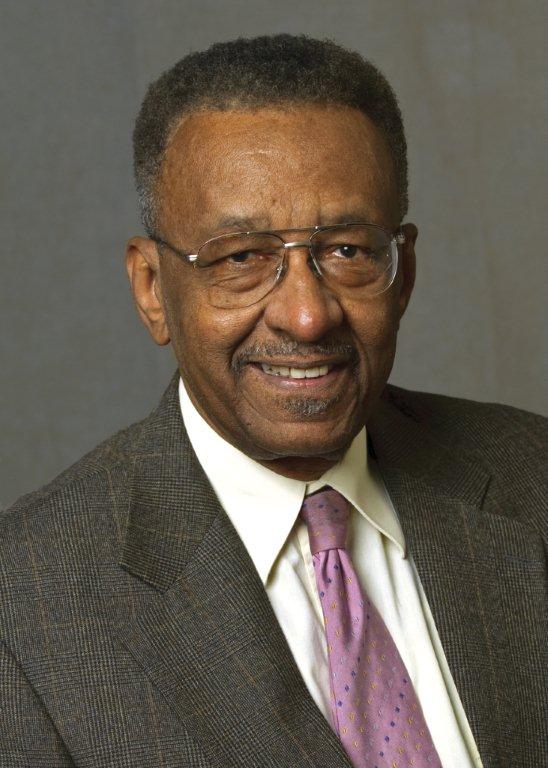You’ve written a tuition check, carted your son or daughter off to college, given those last minute admonitions and made those tearful good byes. For those thousands of dollars, the anguish of seeing your 17- or 18-year-old pack up and leave home for the first time, and entrusting him to some strangers, what are some of the things you might expect? One thing for sure is that your youngster will encounter and be bombarded with diversity newspeak.
Diversity is a big buzzword on college and university campuses. Diversity has fogged and claimed the minds of campus administrators so much so that they've created diversity fiefdoms. Harvard University Medical School has an Office for Diversity and Community Partnership. Brown University has a Diversity Institute. UC Berkeley has a Diversity Committee and a Diversity Officer. At George Mason University, where I teach, there's a Diversity Advisory Board and an Office for Diversity Programs and Services. At most colleges and universities, there's a diversity or multiculturalism agenda to propagandize students.
According to Merriam Webster's dictionary, diversity means: diverseness, multifariousness, multiformity, multiplicity and variousness. The opposite of diversity is uniformity or identity. For the bulk of universities and colleges, diversity means race quotas, sex quotas and programs to insure that representative forms of sexual deviancy become an accepted norm. To insure this politically correct vision of campus life, there's one form of diversity that can't be tolerated. That's ideological and political diversity; there must be uniformity and identity.
According to Karl Zinsmeister's article "The Shame of America's One-Party Campuses" in The American Enterprise (September 2002), campus political, and hence ideological, diversity is all but absent. Mr. Zinsmeister sampled faculty political affiliation obtained from local voter registration records at several universities. He classified faculty who registered as Democratic, Green or Working Families Party as members of the party of the Left and those registered as Republicans or Libertarians as members of the party of the Right.
The results were: Brown University, 5 percent of faculty were members of the party of the Right; at Cornell it was 3 percent; Harvard, 4 percent; Penn State, 17 percent; Stanford University, 11 percent; UCLA, 6 percent; and at UC Santa Barbara, 1 percent. There are other universities in the survey; however, the pattern is the same -- a faculty dominated by leftist ideology. In some departments, such as Women's Studies, African-American Studies, Political Science, Sociology, History and English, the entire faculty is leftist. When it came to the 2000 election, 84 percent of Ivy League faculty voted for Al Gore, 6 percent for Ralph Nader and 9 percent for George Bush. In the general electorate, the vote was split at 48 percent for Gore and Bush, and 3 percent for Nader. Zinsmeister concludes that one would find much greater political diversity at a grocery store or on a city bus.
So what does all this mean? It means your son or daughter will be taught that the Founders of United States were racists and sexists; capitalism is a tool used to oppress women and minorities; literature and philosophy written by "dead white men" is a tool of exploitation, one person's vision of reality is just as valid as another's, one set of cultural values (maybe the Taliban's) is just as good as another, poverty is caused by rich people, and America is destroying the planet.
Americans as taxpayers and donors have been far too generous, and carelessly so, with colleges and universities. It's high time we began to demand accountability, not only in the area of ideological diversity, but in academic honesty and excellence as well. In my opinion, there is nothing that opens the closed minds of academic administrators better than sounds of pocketbooks snapping shut.
